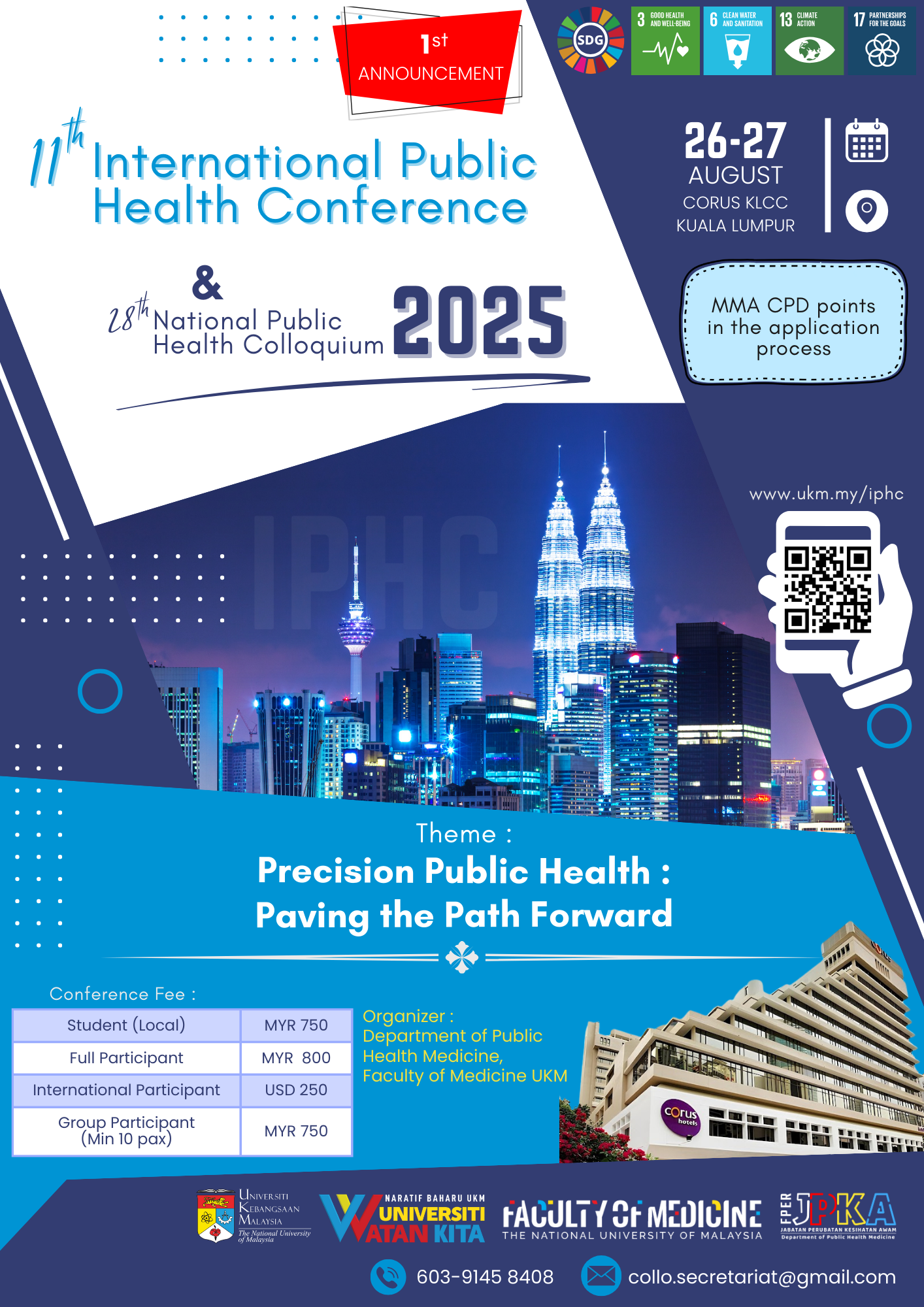Understanding Internet Addiction and its Associated Factors Among Children and Adolescents: A review of literature
Abstract
Internet Addiction (IA) is becoming increasingly recognized as a serious public health issue, particularly for children and adolescents. This review article discussed the complexity of IA diagnostic criteria and IA-related risk factors from a public health perspective with the intention of fostering a better understanding of IA. The entire discussion pointed out how the epidemiological triad of disease framework helps to explain the associated factors. This framework emphasises the agent (Internet characteristics and its content), host (e.g., self-personality, comorbidity, psychological status, inter- and intrapersonal relationship), and environment as extrinsic factors (i.e., physical pollution, socioeconomic status, availability, and accessibility of the Internet) that facilitate interaction between the agent and the host. Evaluation of all three components and their association with IA is essential as it allows for a more comprehensive understanding of how the issues arise, which can be useful in developing future effective public health measures for IA.
Published
How to Cite
Issue
Section
License
IJPHR applies the Creative Commons Attribution (CC BY) license to articles and other works we publish. If you submit your paper for publication by IJPHR, you agree to have the CC BY license applied to your work. Under this Open Access license, you as the author agree that anyone can reuse your article in whole or part for any purpose, for free, even for commercial purposes. Anyone may copy, distribute, or reuse the content as long as the author and original source are properly cited. This facilitates freedom in re-use and also ensures that IJPHR content can be mined without barriers for the needs of research.






